Fleet operators shouldn’t face supply issues with the new Volkswagen eCaddy electric van when it goes on sale mid-2019.
According to Volkswagen Commercial Vehicles (VWCV) head of fleet David Hanna, the UK has been allocated 1,000 eCaddys from mid-2019 to mid-2020, which he considers a “substantial volume” and could account for nearly 10% of the Caddy’s overall sales.
The eCaddy, built by ABT, is the first pure electric VW van to be sold with right-hand drive. Left-hand drive production of the eCrafter has already sold out after being “extremely well-received” in Europe, Hanna said, and a right-hand drive version is not now expected until 2021.
Pricing is still to be confirmed for the eCaddy but Volkswagen has revealed that it will have a range of 160 miles (NEDC cycle), a payload of 636kg (67kg less than the diesel van) and a load volume of 4.2 cubic metres (the same as the diesel van).
The eCaddy will be followed in early 2020 by the ABT eTransporter, a pure electric version of the VW Transporter T6, which will be available with two battery capacities: a single 38.8kWh battery, with a range of 134 miles on the NEDC cycle and a 77.6kWh twin-battery, with a range of 250 miles (NEDC cycle), and two payloads (695kg or 1,186kg).
Hanna said that the single battery version of the eTransporter is designed to appeal to fleet operators doing last mile deliveries and is a lower cost option. However, he expects the twin-battery version to be the bigger seller.
“People are still learning the technology, they’re still anxious about range, and I think they’ll play it safe,” he said. “But as they become more experienced they’ll potentially go for the smaller (capacity) one.”
Hanna couldn’t comment on the price difference between the two versions but said it would be a total cost of ownership discussion with fleet operators, based on fuel, clean air zone charges, service maintenance and repair (SMR), and CO2 savings.
VWCV is currently developing a tool with Volkswagen Financial Services (VWFS), which will assess the daily mileage and downtime of each van on a company’s fleet (based on telematics data), along with wholelife costs, driver profiles and SMR costs to determine what percentage of the fleet can go electric now, what percentage might be able go electric in the future with a longer range vehicle and what percentage should remain as conventional combustion engine vehicles.
The fleet portfolio tool is due to go live in May and has yet to be put to the test with fleet operators. Hanna said that although it is being developed with VWFS, fleets will not need to be one of its customers to use the tool.
Large fleets find it harder to adopt electric vans
VWCV recently conducted a survey with 150 of its customers, ranging from owner-drivers to fleets with more than 200 vehicles and found that overall, 69% are likely to buy an electric or hybrid next time they buy a van. SMEs are most likely to adopt EVs (73% versus 65% for owner-drivers and 55% for large fleets).
Hanna said that large fleets, which potentially have multiple drivers per van, have got “more challenges” to roll out EVs to their business.
“It’s the complexity of their fleets,” he said. “If you think of an SME, say a pharmacy, they'll run in a local area with potentially three or four vans. They'd be perfectly placed to have an EV but a large fleet with various different divisions, nationally based, drivers that aren't necessarily employees – they may be agency drivers, people taking vehicles home rather than being at depot, cost pressures potentially...They've just got more of a challenge to implement that type of technology.”
However, Hanna believes that large fleets can overcome those challenges by trialling electric vans.
Last year VWCV trialled the pre-production left-hand drive eCrafter with four different fleet operators: Gatwick Airport, Heathrow Airport, City of London Corporation and the London Borough of Southwark.
“Large fleets want product to try because they don’t know how many they can put into their business,” Hanna said. “Large fleets want, and need, to take a van or a number of vans and run them for two or three weeks in each area of the business to assess the range, what impact the payload had and the driver feedback.”
Both Gatwick Airport and City of London Corporation said they had had positive feedback from their drivers and were convinced that electric vehicles were “the way ahead”.
This was supported by the survey results with 63% agreeing with the statement that ‘electric is the future for commercial vehicles’.
‘Pragmatic’ approach to charging
Hanna outlined the importance of having the right support for EVs from the dealer network.
When the eCaddy launches, 48 of VWCV’s network of 71 dealers will be EV centres. VWCV originally planned to start with a network of just 12 EV dealers, based in cities that are likely to implement clean air zones, but it experienced high interest from dealers when the eCrafter was shown at the Commercial Vehicle Show last year.
Already, 28 master technicians have been trained in EV servicing and repair at Volkswagen’s national training centre.
“That’s really important to be ahead (of the launch of the eCaddy) and reassure fleet customers we will have a network available to support that,” Hanna said.
VWCV is also training sales staff at dealers so they know how to ensure an EV is right for a business customer. They will also be able to supply charging wall boxes, energy management and tariffs to customers through VW Group's new Elli brand.
"Our focus will be to make it really easy for the customer," Hanna said. "They can come into one of our centres and do the end-to-end solution, including things like load management and making sure the infrastructure is cost effective. Do you need 10 charge points or could you run eight based on scheduling?"
As for charging points at dealerships, dealers can choose from a panel of three charge point providers.
VWCV has also been looking at “pragmatic” charging solutions such as in-workshop ramp charging so that a vehicle can be topped up while it is being serviced rather than have a parking bay squared off for charging, and portable solutions such as a rapid charging trolley. Both solutions could be of interest to fleet operators with their own workshops Hanna believes.



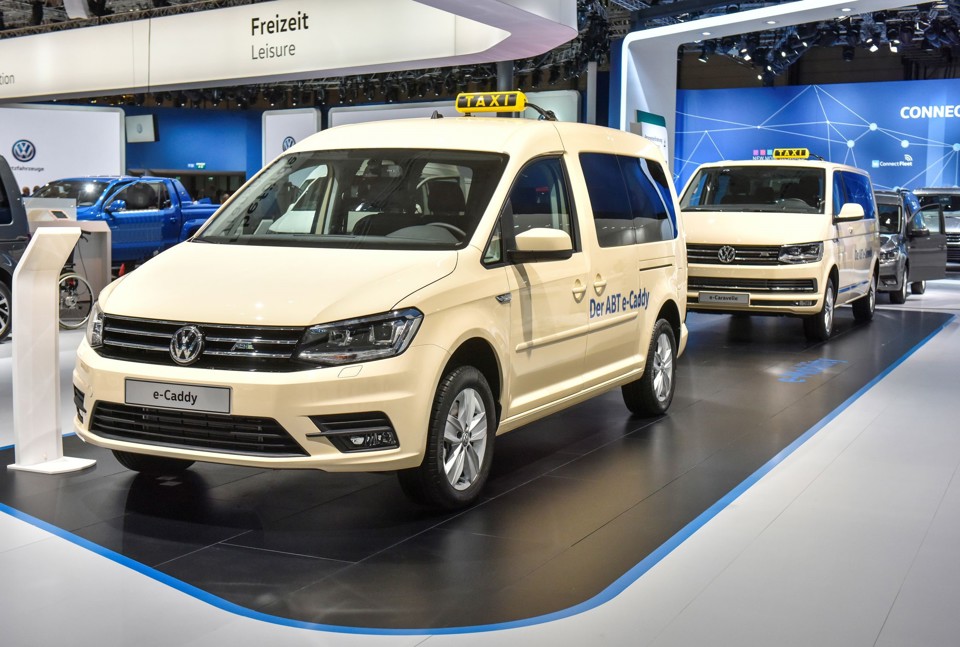
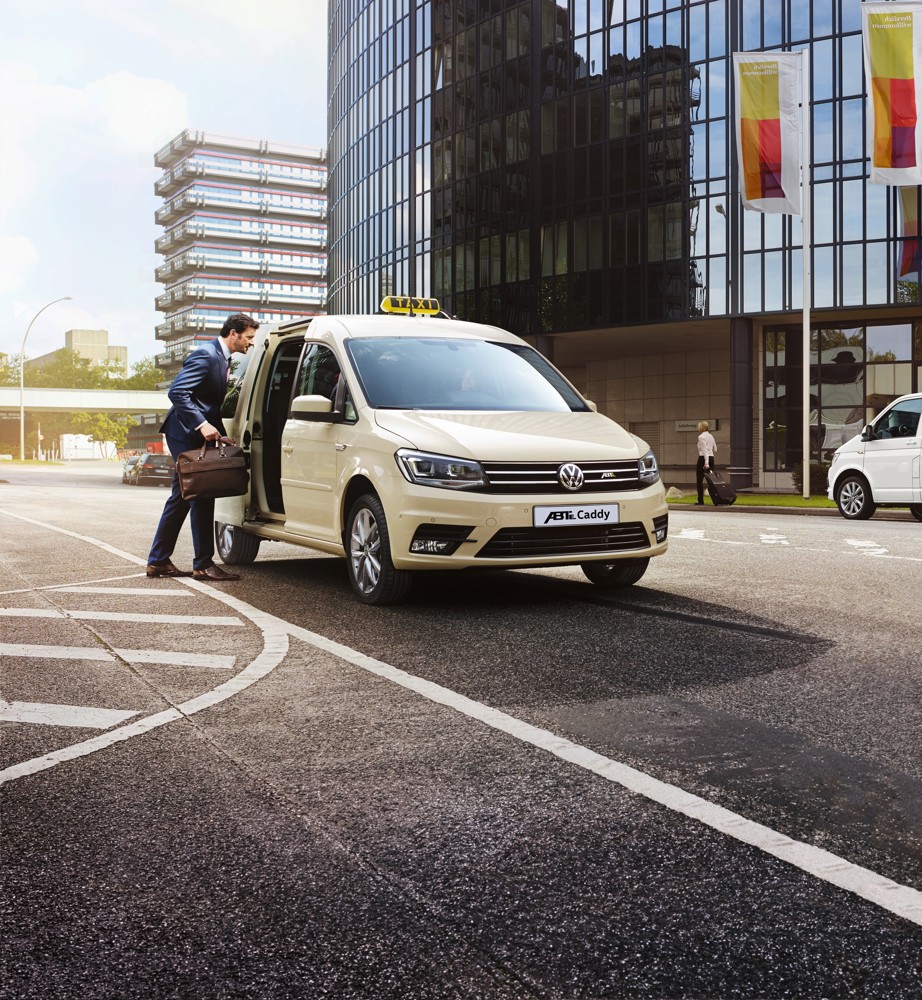
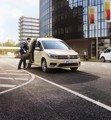
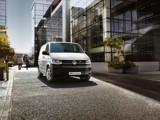
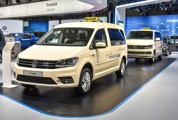
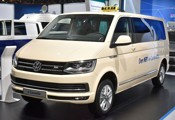















Login to comment
Comments
No comments have been made yet.